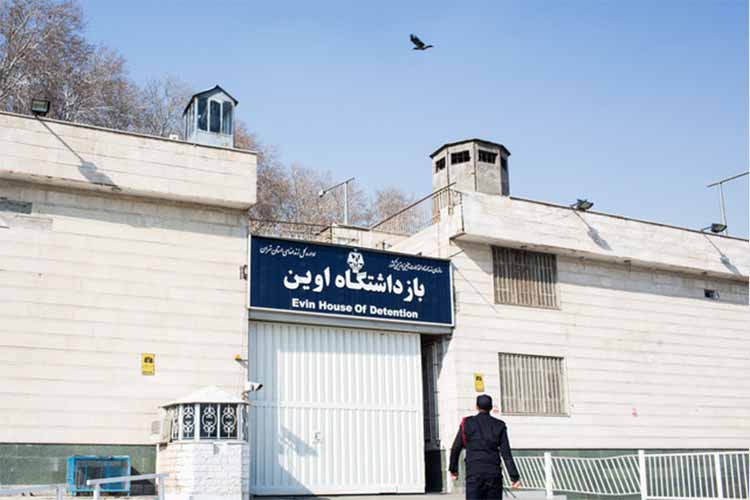November 01, 2019
The regime has announced that it has developed a new IR-9 centrifuge that is 50 times faster than the IR-1 centrifuges it currently uses to enrich uranium.
However, the official announcing the development said it would take “several years” before they could be mass produced.
Under the nuclear agreement, Iran is limited to enriching uranium with 5,060 IR-1 centrifuges. It is permitted to experiment on more capable centrifuges but cannot use them to enrich. After the nuclear agreement took effect, Iran appeared to focus on developing more capable centrifuges that could enrich uranium much faster.
But it cannot install and enrich with anything but the IR-1 centrifuges until 2025, when it can begin to replace the 5,060 IR-1s with newer designs. The cap of 5,060 centrifuges for uranium enrichment remains in place until 2030.
The claim for the capacity of the new IR-9 centrifuges was made by an unnamed official from the Atomic Energy Organization of Iran in an interview with the daily newspaper Khorasan.
It was President Rohani who announced the existence of the IR-9 a few days earlier on October 14.
The unnamed official announced that compared to the IR-1, its IR-7 has up to 20 times the capacity, the IR-8 up to 25 times and now the IR-9 is up to 50 times. The International Atomic Energy Agency (IAEA) does not verify these claims and hence there is no way to know if the claims are true.
The Joint Comprehensive Plan of Action (JCPOA), the formal name of the nuclear agreement, names centrifuges that Iran was working on and places limits on them up through the IR-8. It does not mention an IR-9.
In response to the US withdrawal from the JCPOA, Iran has begun scaling back its commitments under the deal every other month. So far it has announced it would no longer agree to the cap on its stock of heavy water, stock of enriched uranium, and 3.67 percent ceiling on enrichment, but has said it will not go beyond 5 percent. Tehran has said its next partial withdrawal will be taken Nov. 6.






















